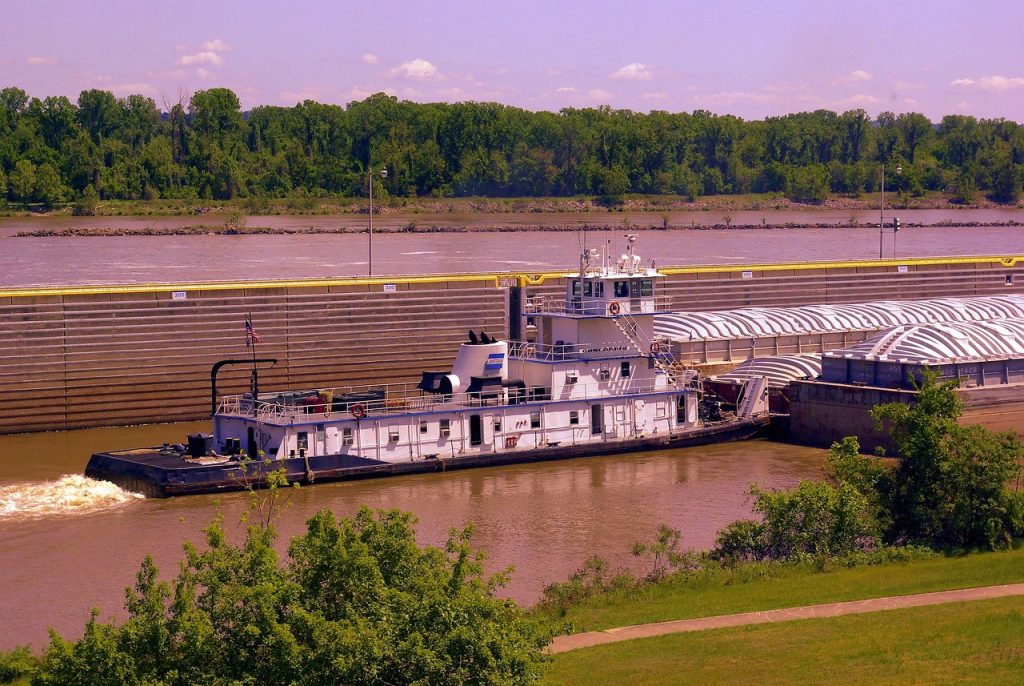The oil and gas downstream sector is characterized by complex logistic and distribution networks that are vital for the seamless delivery of products to consumers. Often, this complexity leads to distribution errors that can arise from various factors such as supply chain inefficiencies, equipment malfunctions, and human error. To address these challenges, Design of Experiments (DoE) emerges as a powerful statistical tool that can facilitate optimization, improve quality control, and aid in decision-making processes.
Understanding Design of Experiments
Design of Experiments is a systematic approach to experimentation that allows researchers and practitioners to investigate and analyze the effects of multiple factors on a response variable simultaneously. By using DoE, organizations can determine critical optimization factors that influence logistic and distribution processes. The methodology incorporates principles of statistical analysis, randomization, and replication, ensuring robustness and reliability in experimental results.
Application of DoE in Reducing Errors
- Optimization Factors: In the context of oil and gas logistics, various factors such as transportation routes, inventory levels, and manpower allocation can impact distribution efficiency. By utilizing DoE, organizations can identify which factors significantly affect performance metrics like delivery times and costs. This information is crucial for making data-driven adjustments to logistics strategies.
- Response Surface Methodology (RSM): An extension of DoE, RSM allows for the modeling and analysis of complex processes. By generating a response surface, companies can visualize how different variables interact and influence optimal performance. This can lead to enhanced decision-making in logistic operations, enabling organizations to preemptively address potential distribution errors.
- Regression Analysis and Hypothesis Testing: Through regression analysis, companies can understand the relationships between various logistic factors and their outcomes. Hypothesis testing further provides a framework for validating assumptions about these relationships, ensuring that strategic decisions are based on empirical evidence rather than intuition.
Data Analysis and Visualization
Effective data analysis is at the core of DoE. With the help of advanced experiments analysis software, organizations can quickly process large datasets to uncover insights. Tools designed for statistical analysis enable professionals to conduct multivariate analysis and sensitivity analysis, which helps in understanding the effect of different variables. Furthermore, data visualization techniques provide intuitive representations of complex data sets, facilitating better communication of findings among stakeholders.
Quality Control and Six Sigma
The implementation of DoE aligns with Quality Control principles, often associated with Six Sigma methodologies. By systematically analyzing processes, organizations can identify sources of variation and implement corrective actions, thereby reducing errors in logistics and distribution. This continuous improvement mindset is essential in the oil and gas industry, where the margin for error can lead to substantial financial losses or safety hazards.
Sample Size Determinants
A crucial aspect of any DoE approach is determining the appropriate sample size to ensure statistical validity. Insufficient sample sizes can lead to unreliable results, while excessively large samples may incur unnecessary costs. By systematically calculating sample size determinants, organizations can streamline their experiments and optimize resource allocation.
Conclusion
The application of Design of Experiments in the oil and gas downstream sector provides a structured approach to solving logistic and distribution errors. By leveraging statistical analysis, data visualization, and process optimization techniques, organizations can enhance their capability to navigate the complexities inherent in distribution networks. Ultimately, the integration of DoE not only helps mitigate errors but also fosters a culture of continuous improvement, aligning with both operational efficiency and quality control standards in the industry. With advancements in software tools and analytical techniques, the potential for DoE in addressing logistical challenges continues to expand, paving the way for a more efficient and resilient oil and gas distribution framework.

